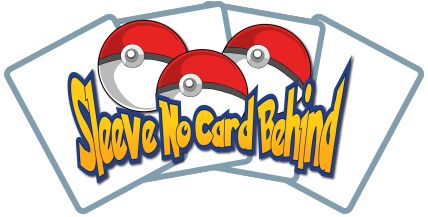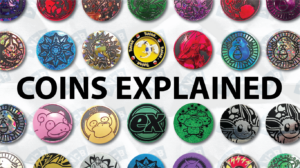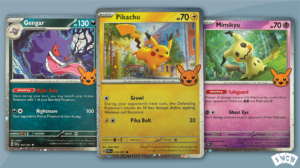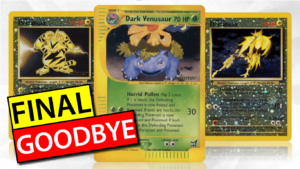Does the Rip Test Work on Yu-Gi-Oh Cards?
-
By: Oliver Copeland
- Published:
- Last Updated: February 6, 2024
Unfortunately, trading cards are often counterfeited, causing a sense of fear among collectors, as fakes are sometimes difficult to detect. The rip test is used to determine if a trading card is fake by exposing the inner layer of the cardstock and revealing a black layer if the card is authentic. While the rip test does not work on Yu-Gi-Oh cards, there are other simple ways to detect a fake.
What is the ‘Rip Test’?
The rip test gets its name from actually ripping the card in half. An authentic Pokémon card will reveal a black layer in the card stock when ripped, and a fake one will not (to learn more, click here).
The theory here is that counterfeit manufacturers won’t go through the trouble to implement that black graphite layer into their card stock, as it adds an extra step to the manufacturing process and therefore costs more money to produce.
The rip test works on Pokémon cards, Magic: The Gathering, Flesh and Blood, but not Yu-Gi-Oh.
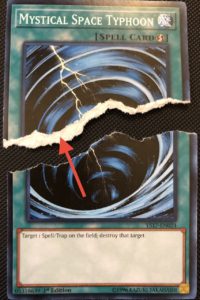
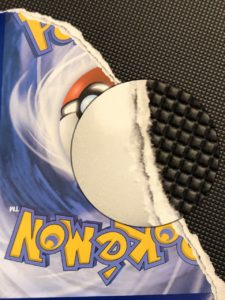
Why the Rip Test Doesn’t Work on Yu-Gi-Oh Cards
Yu-Gi-Oh cards are made by Konami, which means they have an entirely different manufacturing process than Wizards of the Coast. Of course, Pokémon is no longer made by WotC, but the black layer in the card stock has been found in other WotC card games too.
Konami has authentication checks in place where WotC and The Pokémon Company do not, so the black layer in the card stock may not even be relevant to them.
How to Tell if Your Yu-Gi-Oh Card is Fake
The very first thing you want to look for on a Yu-Gi-Oh card is the foil stamp on the lower right corner of the card. This foil stamp should be reflective, and when you move it back and forth, you should be able to make out the words Yu-Gi-Oh! and the Eye of Anubis symbol.
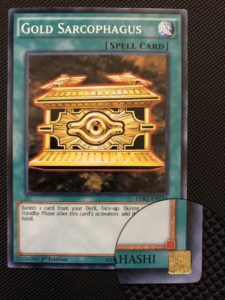
The foil stamp will be either gold or silver. The gold stamp belongs to only 1st edition cards, so there should be text reading “1st Edition” at the bottom of the card. If the stamp is gold but there is no 1st edition text, it is likely fake. The opposite is true as well: a silver stamp with the 1st edition text is likely a fake.
There are other tells such as poor spelling and grammar, discoloration, card thickness, and incorrect font.
The quickest way to determine if a card is fake is to Google the card and use a reference photo to compare. If the card you are authenticating looks a lot different than the reference photo, it is likely fake.
However, many cards get reprinted. This is when a card that was made in the past, is printed again to be included in a new expansion. In this case, the card will be identical save for the Set ID. The Set ID belongs to the set, and not the card. Therefore, a reprinted card will have a different Set ID than its original brother.
The date at the bottom of a Yu-Gi-Oh card will always be 1996. Some counterfeit cards will put the current year on the card, such as 2022. The year on a Yu-Gi-Oh card will always be 1996, anything else will indicate a fake card.
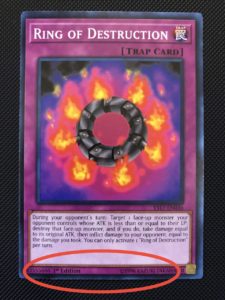
Final Thoughts
Every now and then the rip test makes its rounds on social media and forums. It’s a silly test that does work but destroys your card in the process. Unfortunately, this test doesn’t even apply to Yu-Gi-Oh cards, so you’d be destroying your card for no reason at all. The quickest way to determine if a Yu-Gi-Oh card is fake is to use a reference photo on Google. And remember, if a $500 card is on sale for only $20… IT’S FAKE.
